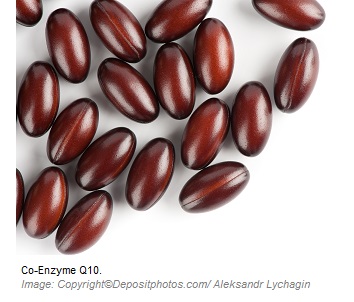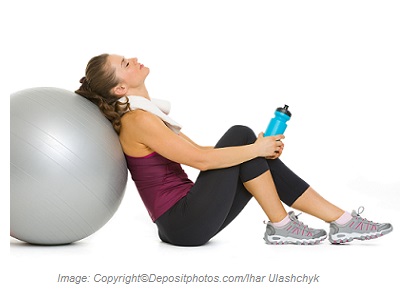 found in natural sources and may inhibit the reduction of growth hormone levels. A metabolic enhancer, co-enzyme Q10 is present in all cells of the body, with the heart and liver containing the highest concentration. It is shown that co-enzyme Q10 improves exercise performance in patients with heart diseases.
found in natural sources and may inhibit the reduction of growth hormone levels. A metabolic enhancer, co-enzyme Q10 is present in all cells of the body, with the heart and liver containing the highest concentration. It is shown that co-enzyme Q10 improves exercise performance in patients with heart diseases.Co – enzyme Q 10 is a potent antioxidant, has a multiplicity of uses in the body, and is chemically related to vitamin E. Without co-enzyme Q10, our cells would die; humans lose the majority of this enzyme with aging. This is the reason that experts believe co-enzyme Q10 can increase life span.
Athletic Benefits of Co-Enzyme Q10:
- A vital cofactor in the production of energy.
- Improves aerobic capacity.
- Reduces muscle soreness and fatigue.
- Helps reduce body fat.
- Increases physical performance and exercise endurance.
- Tones muscles.
- Prevents exercise – induced muscle breakdown (rhabodmyolysis)
- Stimulates the release of growth hormone (GH).
Non – Athletic Benefits of Co-Enzyme Q10: 
The following conditions would benefit from Co – enzyme Q 10:
- Heart diseases.
- Angina pectoris.
- High blood pressure.
- Aging.
- Congestive heart failure.
- Cardiomyopathy.
- Diabetes.
- Insulin resistance syndrome.
- Periodontal disease.
- High levels of LDL cholesterol.
- Migraine.
- Chronic obstructive pulmonary disease (COPD).
- Male infertility.
- HIV support.
- Dementias.
- Halitosis.
- Weight management.
- Fibromyalgia.
- Chronic fatigue syndrome (CFS).
- Cancers: breast, lung, and prostate.
- Renal failure.
- Parkinson`s disease.
Food Sources and Dosage:
Natural sources for co-enzyme Q10 are eggs, rice bran, wheat germ, fish, organ meat, andpeanuts.Some experts believe that raising the body levels of co-enzyme Q10 only through eating is difficult, and people must use supplements. The usual dosage is 50 – 100 mg a day. Athletes would need 100 – 200 mg a day. Co – Enzyme Q 10 with dosage of 300 mg a day or more may be needed in the following conditions:
1) Advanced heart disease.
2) Migraine headaches.
3) Cancers.
4) Post – chemotherapy.
Although there are virtually no side effects from overdoses of this nutrient, extremely high doses may lead to abdominal cramps and a mild diarrhea.

